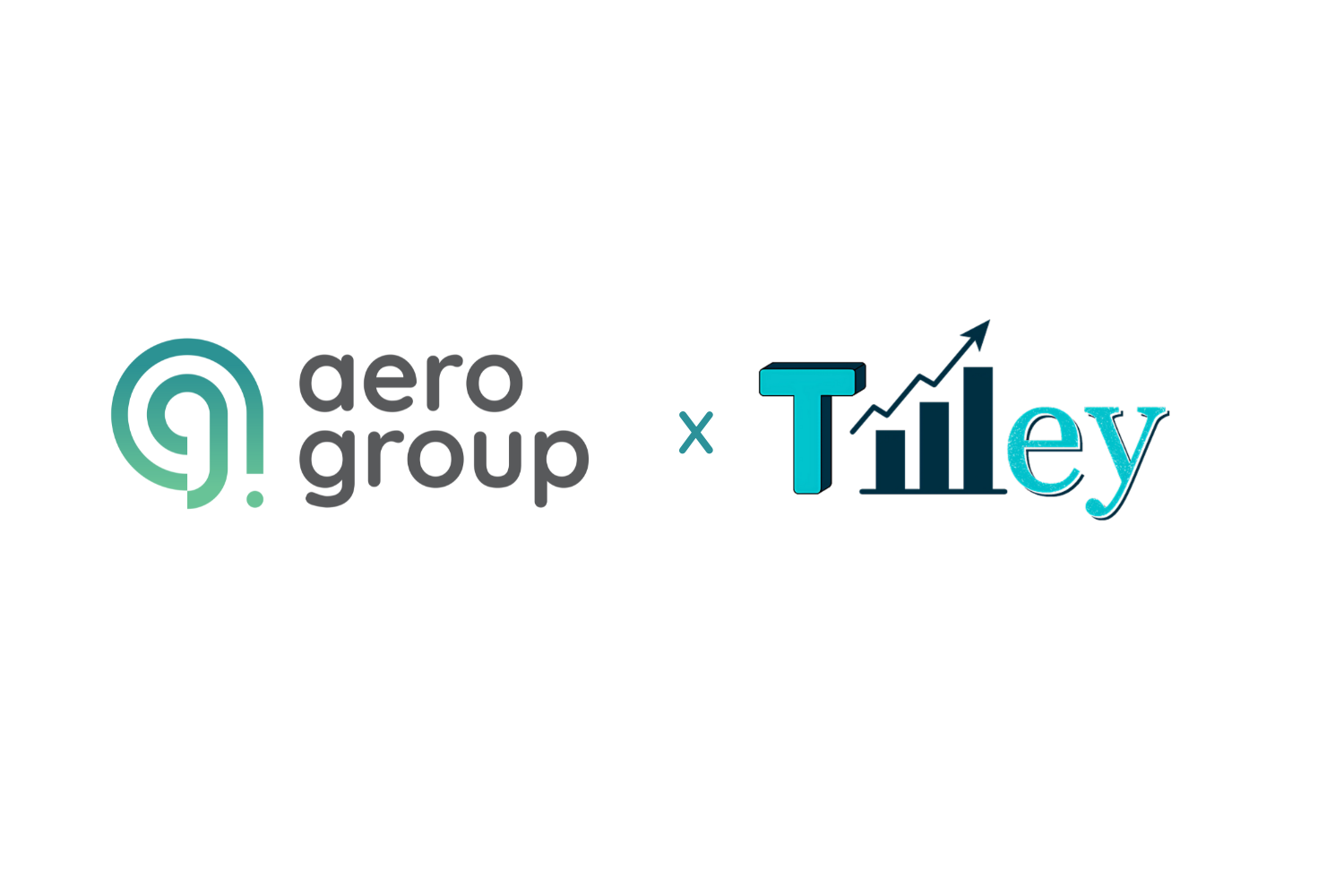
For Business
Superannuation guarantee increase to 10.5%
The Superannuation Guarantee (SG) rate will rise from 10% to 10.5% on 1 July 2022 and will continue to increase by 0.5% each year until it reaches 12% on 1 July 2025.
If you have employees, what this will mean depends on your
employment agreements. If the employment agreement states the employee is paid
on a ‘total remuneration’ basis (base plus SG and any other allowances), then
their take home pay might be reduced by 0.5%. That is, a greater percentage of
their total remuneration will be directed to their superannuation fund. For
employees paid a rate plus superannuation, then their take home pay will remain
the same and the 0.5% increase will be added to their SG payments.
$450 super guarantee threshold removed
From 1 July 2022, the $450 threshold test will be removed
and all employees aged 18 or over will need to be paid superannuation guarantee
regardless of how much they earn. It is important to ensure that your payroll
system accommodates this change so you do not inadvertently underpay
superannuation.
Profits of professional services firms
The ATO has been concerned for some time about how many
professional services firms are structured - specifically, professional
practices such as lawyers, accountants, architects, medical practices,
engineers, architects etc., operating through trusts, companies, and
partnerships of discretionary trusts and how the profits from these practices
are being taxed.
New ATO guidance that comes into effect from 1 July 2022, takes
a strong stance on structures designed to divert income in a way that results
in principal practitioners receiving relatively small amounts of income
personally for their work and reducing their taxable income. Where these
structures appear to be in place to divert income to create a tax benefit for
the professional, Part IVA may apply. Part IVA is an integrity rule which
allows the Tax Commissioner to remove any tax benefit received by a taxpayer
where they entered into an arrangement in a contrived manner in order to obtain
a tax benefit. Significant penalties can also apply when Part IVA is triggered.
A new method of assessing the level of risk associated with
profits generated by a professional services firm and how they flow through to
individual practitioners and their related parties, will come into effect from
1 July 2022. Professional firms will need to assess their structures to
understand their risk rating, and if necessary, either make changes to reduce
their risks level or ensure appropriate documentation is in place to justify
their position.
Lowering tax instalments for small business – PAYG
PAYG instalments are regular prepayments made during the
year of the tax on business and investment income. The actual amount owing is
then reconciled at the end of the income year when the tax return is lodged.
Normally, GST and PAYG instalment amounts are adjusted using
a GDP adjustment or uplift. For the 2022-23 income year, the Government has set
this uplift factor at 2% instead of the 10% that would have applied. The 2%
uplift rate will apply to small to medium enterprises eligible to use the
relevant instalment methods for instalments for the 2022-23 income year:
· Up
to $10 million annual aggregated turnover for GST instalments, and
· $50
million annual aggregated turnover for PAYG instalments
The effect of the change is that small businesses using this
PAYG instalment method will have more cash during the year to utilise. However,
the actual amount of tax owing on the tax return will not change, just the
amount you need to contribute during the year.
Trust distributions to companies
The ATO recently released a draft tax determination dealing
specifically with unpaid distributions owed by trusts to corporate
beneficiaries. If the amount owed by the trust is deemed to be a loan then it
can potentially fall within the scope of the integrity provisions in Division
7A. If certain steps are not taken, such as placing the unpaid amount under a
complying loan agreement, these amounts can be treated as deemed unfranked
dividends for tax purposes and taxable at the taxpayer’s marginal tax rate. The
ATO guidance deals specifically with, and potentially changes, when an unpaid
entitlement to trust income will start being treated as a loan depending on the
wording of the resolution to pay a distribution. The new guidance applies to
trust entitlements arising on or after 1 July 2022.
Home loan guarantee scheme extended
The Home Guarantee
Scheme guarantees part of an eligible buyer’s home loan, enabling people to
buy a home with a smaller deposit and without the need for lenders mortgage
insurance. An additional 25,000 guarantees will be available for eligible first
homeowners (35,000 per year), and 2,500 additional single parent family home
guarantees (5,000 per year).
Work-test repeal – enabling those under 75 to contribute to super
Currently, a work test applies to superannuation
contributions made by people aged 67 or over. In general, the work test
requires that you are gainfully employed for at least 40 hours over a 30-day
period in the financial year.
Downsizer contributions from age 60
From 1 July 2022, eligible individuals aged 60 years or
older can choose to make a ‘downsizer contribution’ into their superannuation
of up to $300,000 per person ($600,000 per couple) from the proceeds of selling
their home. Currently, you need to be 65 years or older to utilise downsizer
contributions.
First home saver scheme – using super to save for a first home
The First Home Super Saver Scheme enables first home buyers
to withdraw voluntary contributions they have made to superannuation and any
associated earnings, to put toward the cost of a first home. At present, the
maximum amount of voluntary contributions you can make and withdraw is $30,000.
From 1 July 2022, the maximum amount will increase to $50,000. The benefit of
this scheme is the concessional tax treatment of superannuation.
